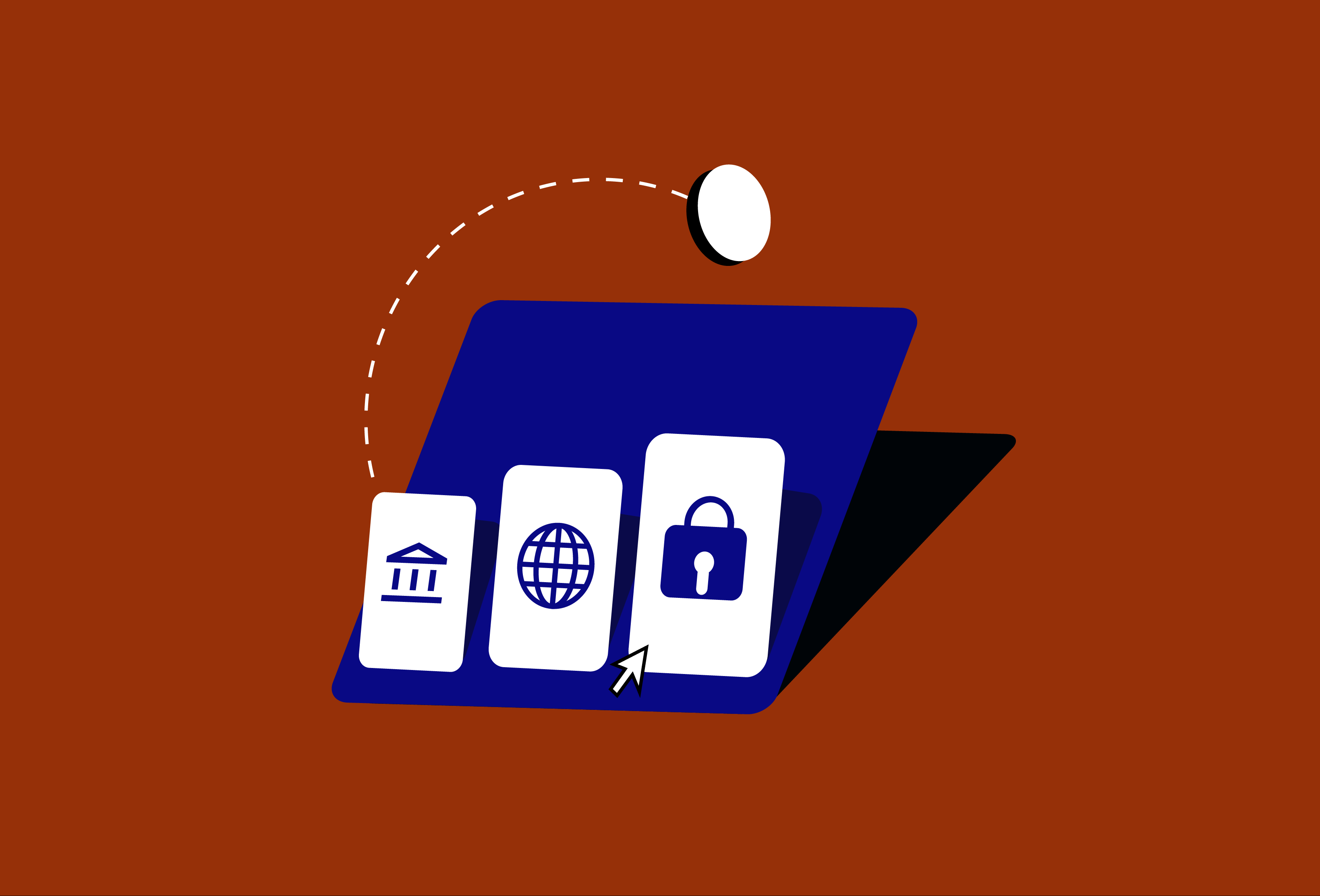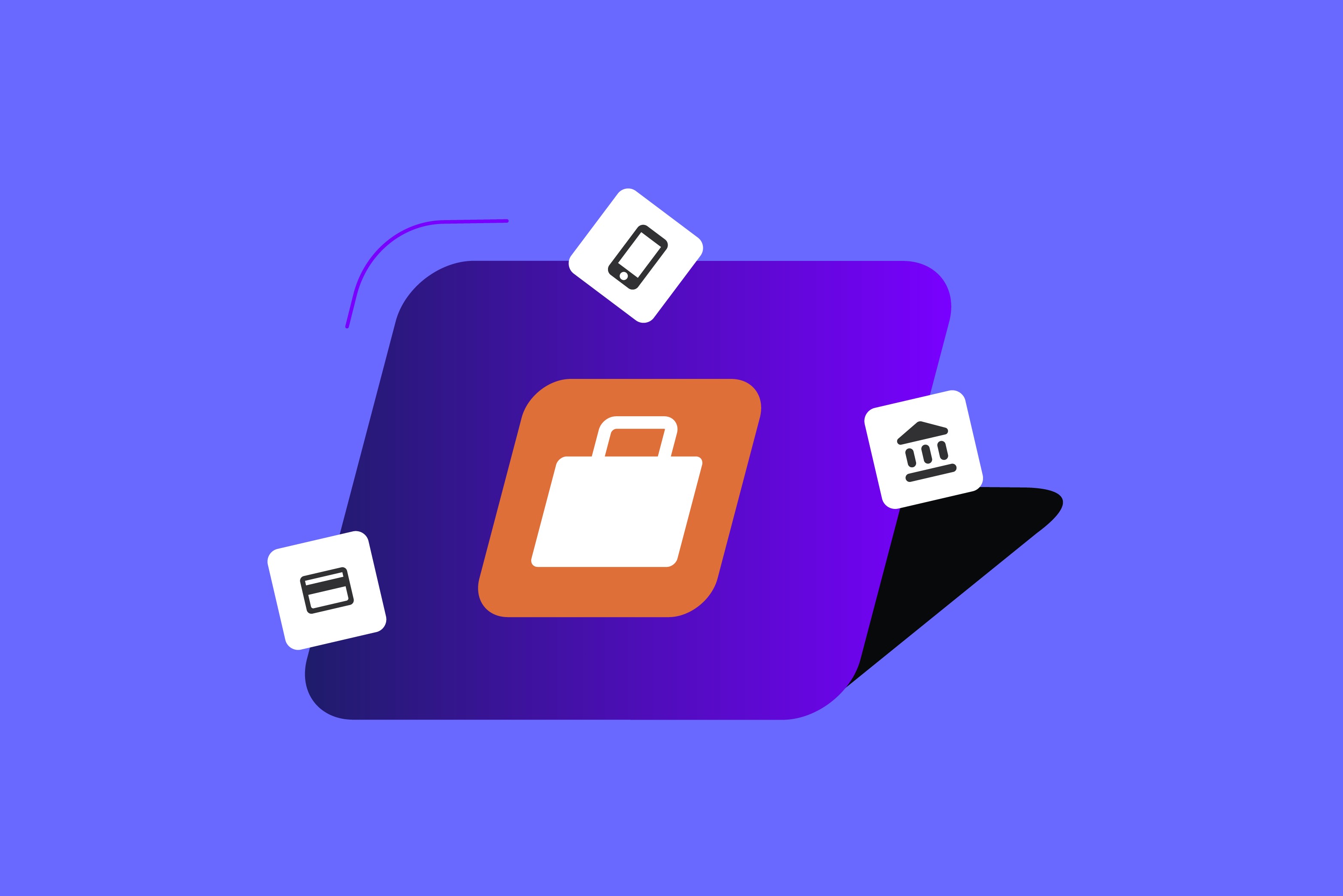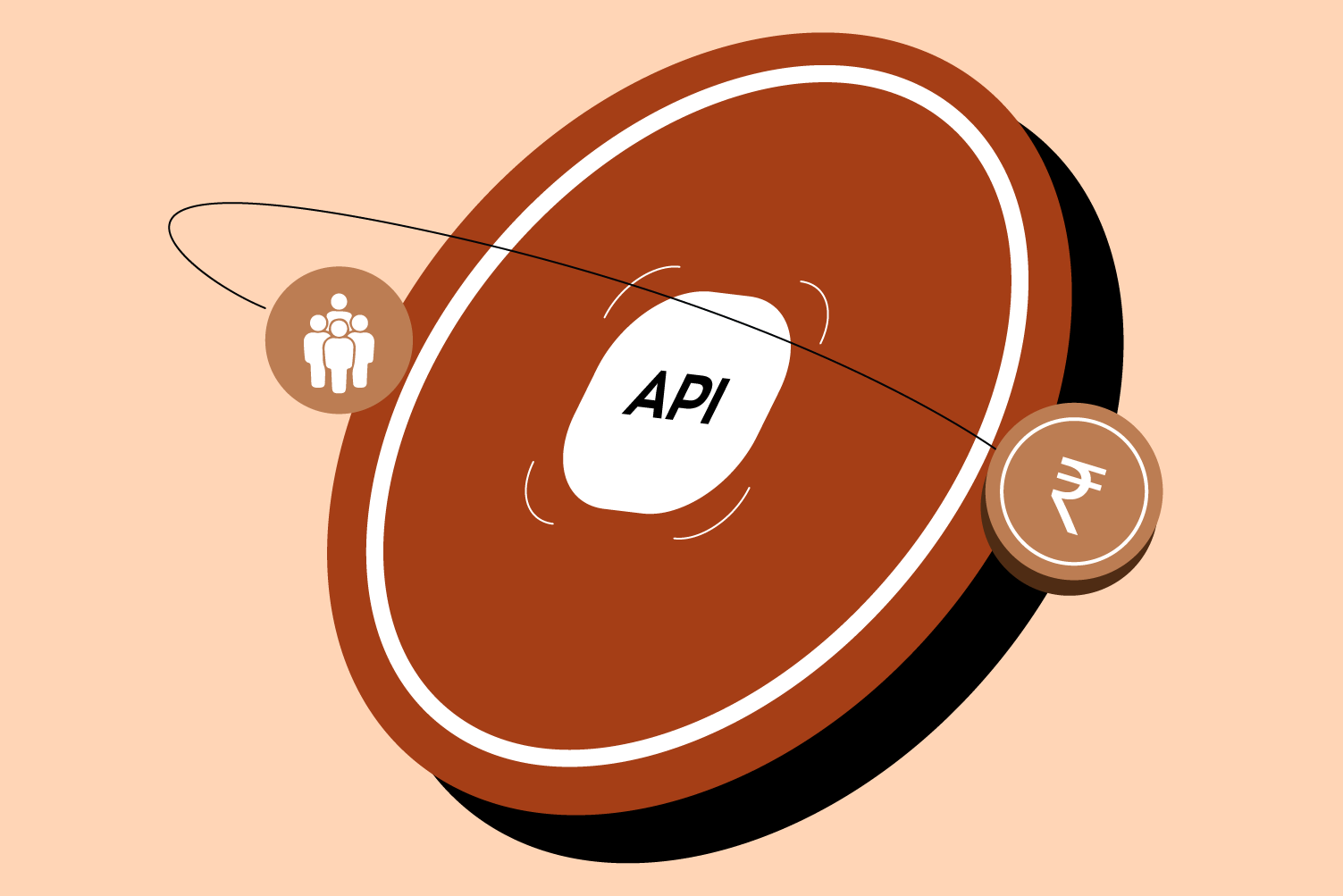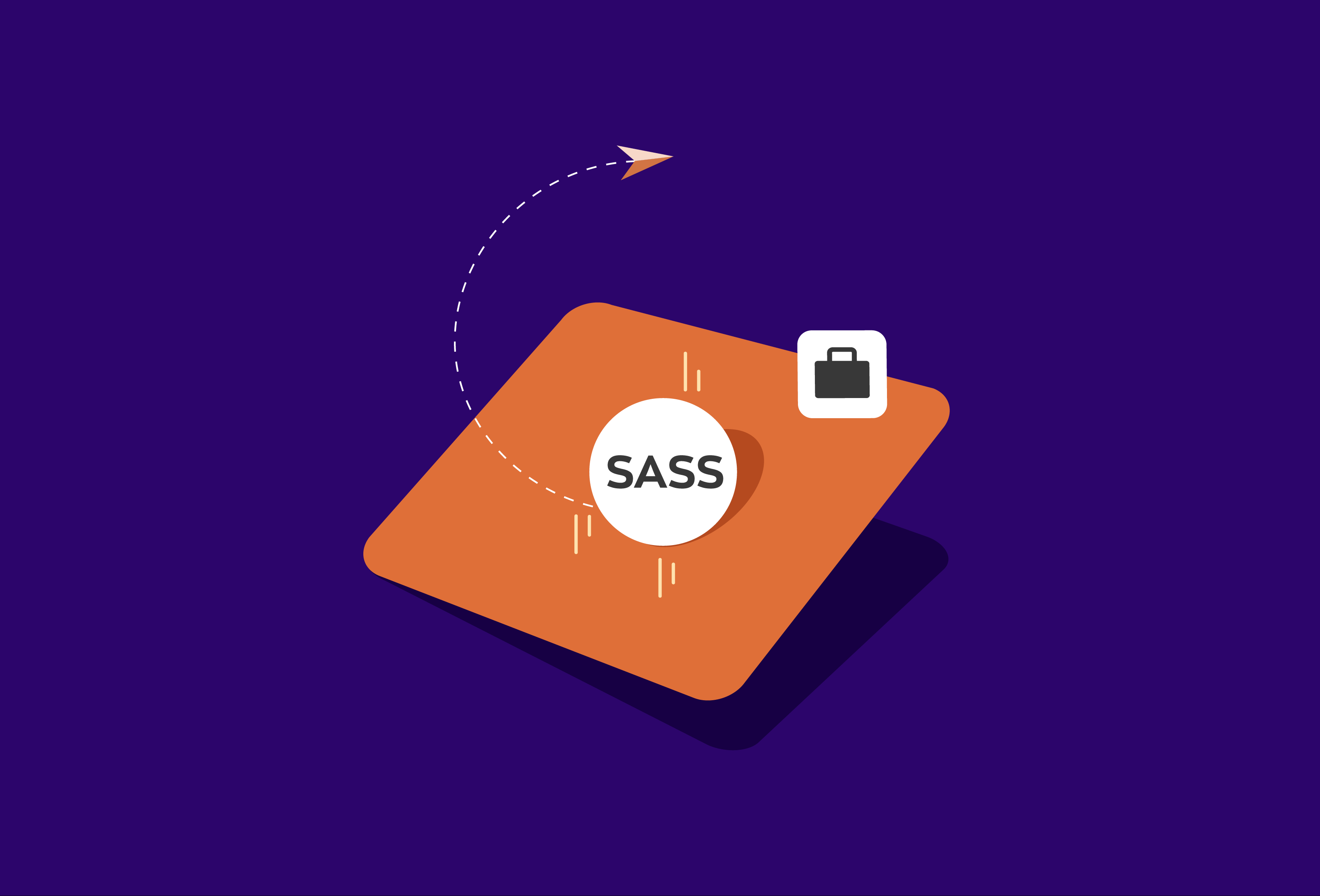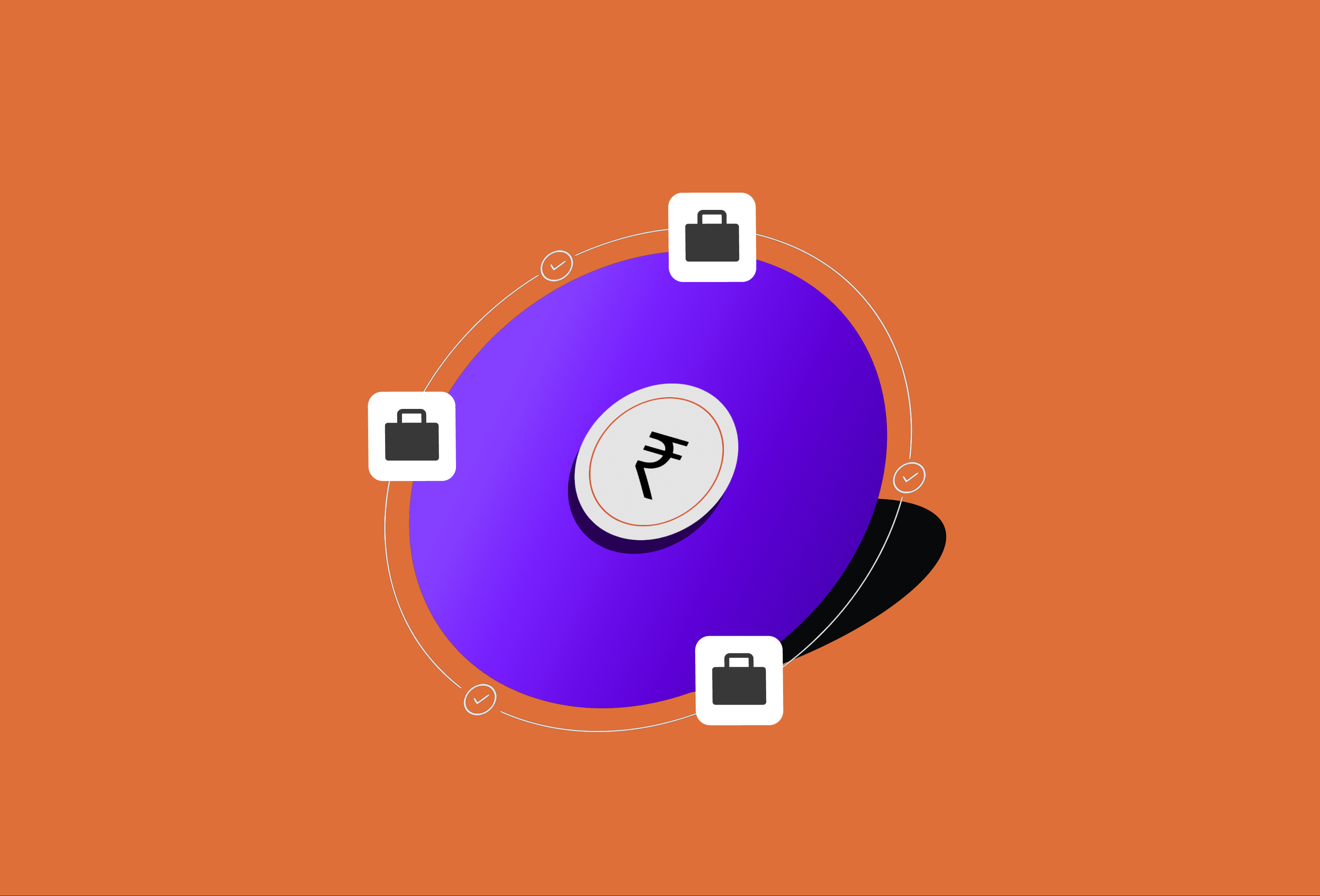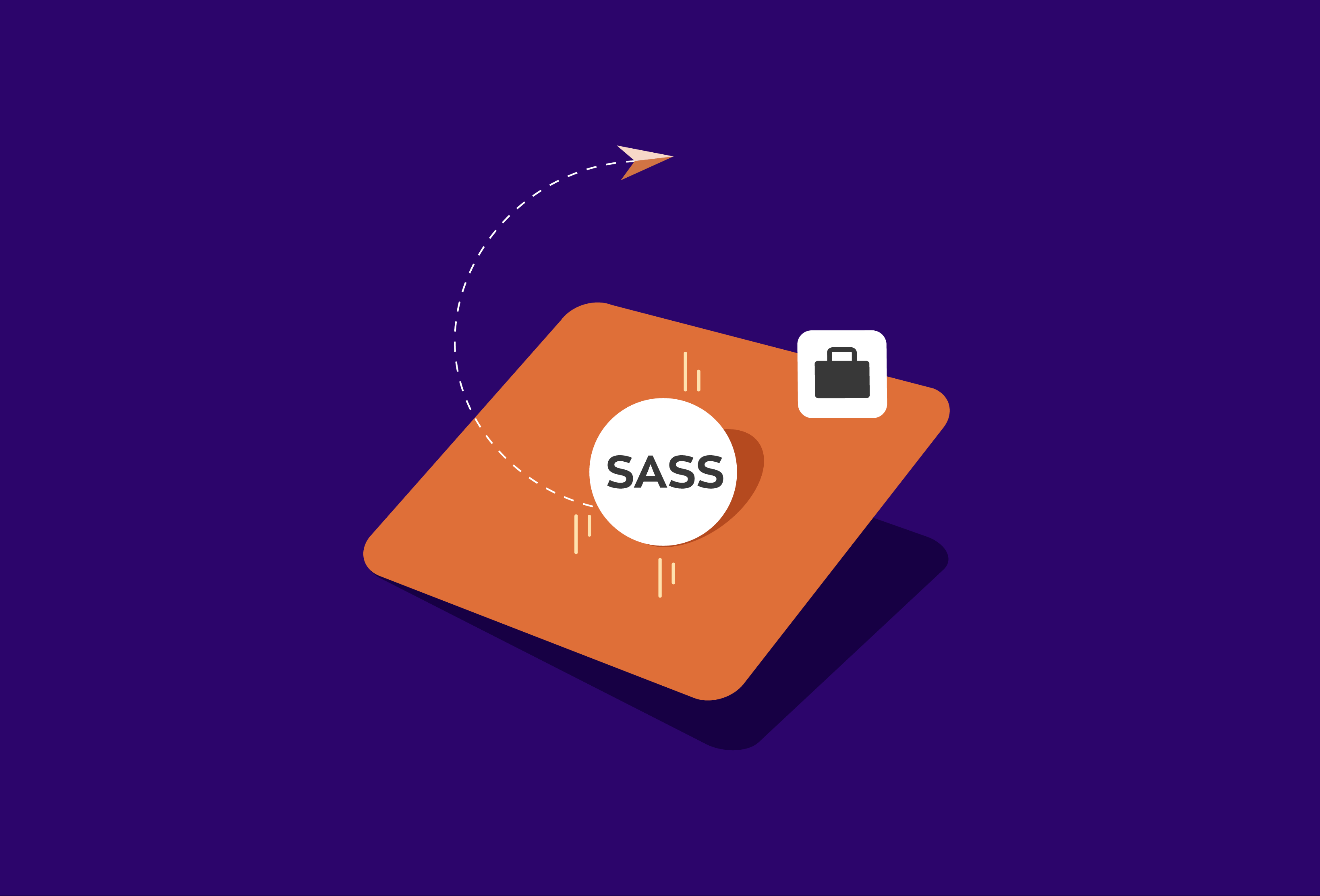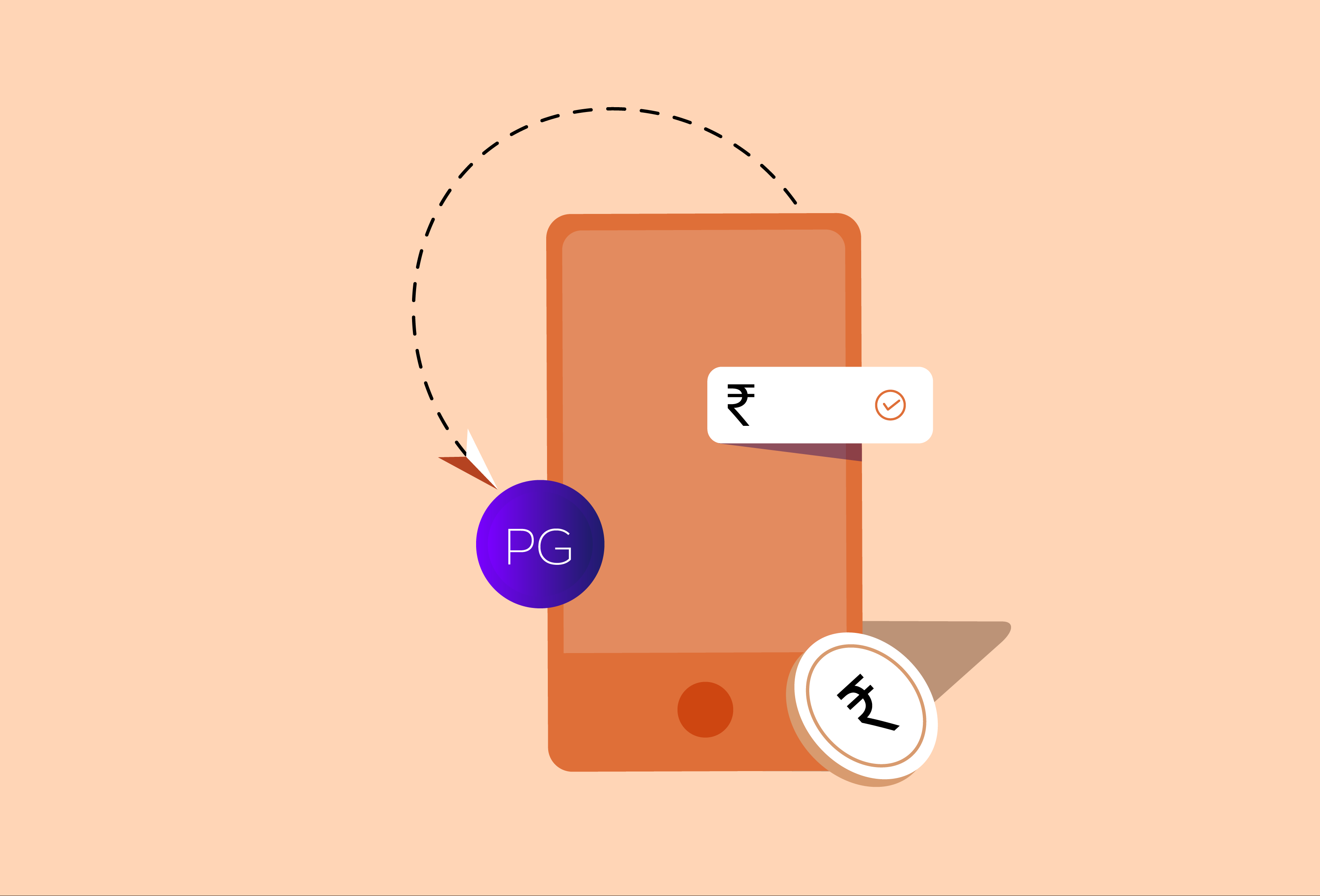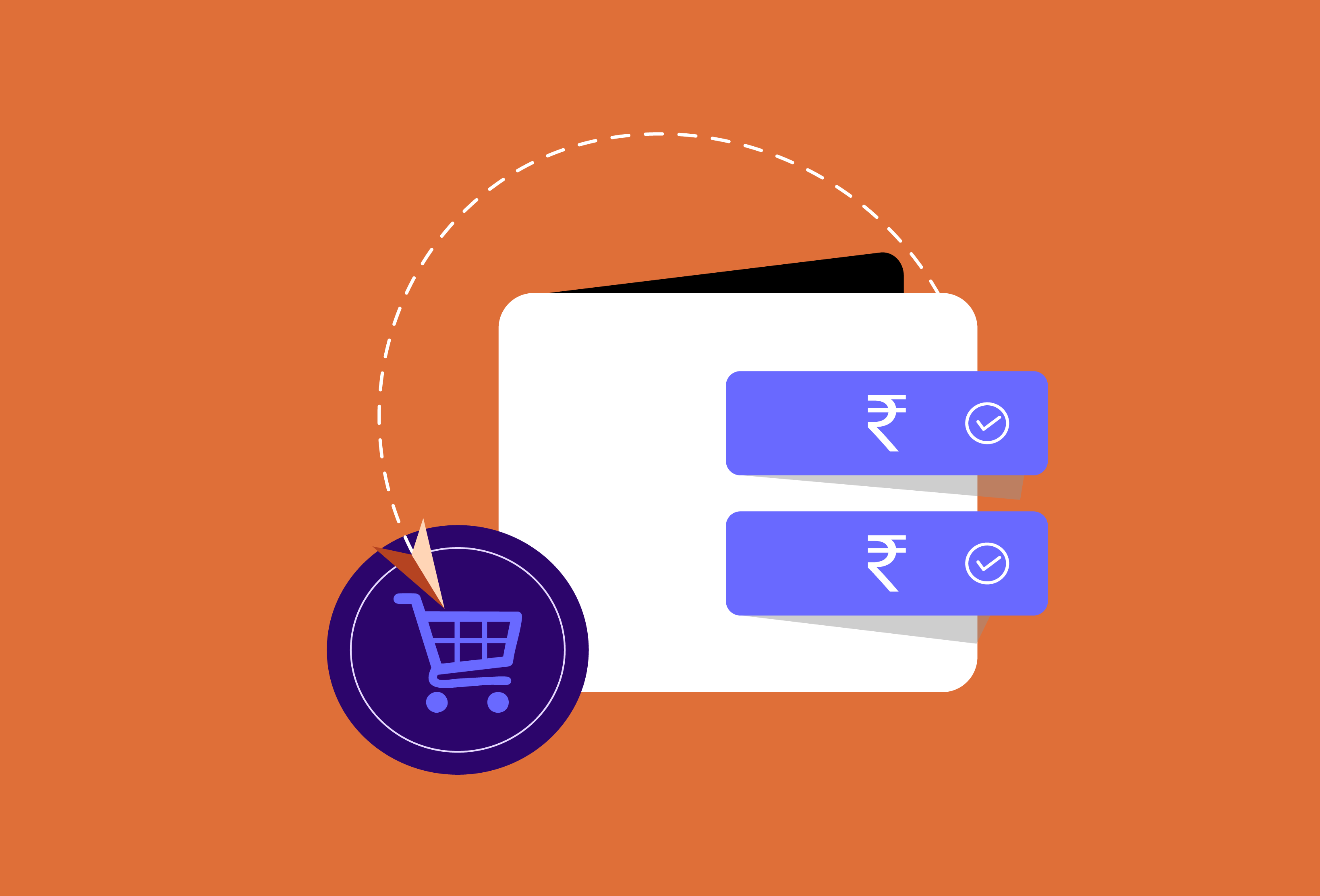If you’re building a digital business or expanding your online payment options, you’ve likely come across the terms payment gateway and payment processor. They’re often used together, sometimes even interchangeably. But they serve very different roles in the world of online transactions.
Understanding the difference between a payment gateway and a payment processor isn’t just technical—it’s essential. It helps you choose the right payment setup, know where issues might arise during transactions, and gives you more control over the customer experience.
This blog breaks down the difference between payment gateways and payment processors, shows how they work together, and explains what businesses need to know before making a decision.
The Basics of Online Payments
Before diving into Payment Gateway vs Payment Processor, let’s quickly understand what happens when someone pays online:
- A customer enters their card or UPI details at checkout.
- The payment request is securely sent for approval.
- The card issuer or bank checks for sufficient funds and verifies the transaction.
- If approved, the payment is processed, and the amount is eventually settled to the merchant’s account.
All of this happens in seconds. But behind the scenes, multiple players are involved, including the payment gateway and the payment processor.
What Is a Payment Gateway?
A payment gateway is the technology that connects the customer to the payment system. Think of it as the digital equivalent of a card swipe machine—except it works online.
Here’s what a payment gateway does:
- Captures payment details entered by the customer (card number, CVV, UPI ID, etc.).
- Encrypts and securely transmits this information to the payment processor or acquiring bank.
- Communicates approval or failure back to the website or app in real-time.
Payment gateways are crucial for ensuring that transactions are safe. They are the first line of defence against fraud and are designed to protect sensitive data through encryption and tokenisation.
What Is a Payment Processor?
A payment processor handles the actual movement of money. It’s the system that communicates with the issuing bank (customer’s bank), the acquiring bank (merchant’s bank), and the card networks (like Visa or Mastercard).
Here’s what a payment processor does:
- Receives the payment request from the gateway.
- Routes the request through the card network to the customer’s bank.
- Checks for sufficient funds, validates the transaction, and authorises or declines it.
- Instructs fund movement, eventually settling the amount to the merchant’s account.
In short, if the gateway sends the payment request, the processor makes sure the money actually moves.
Some companies act as both gateway and processor, while others focus solely on processing behind the scenes.
Payment Gateway vs Payment Processor: Key Differences
Let’s break down the differences across a few key areas:
| Function | Payment Gateway | Payment Processor |
| Role | Captures and forwards transaction data | Moves funds between banks |
| Visibility | Customer-facing (checkout flow) | Works behind the scenes |
| Security | Handles encryption and fraud detection | Authorises and settles transactions |
| Integration | Often used by developers to build checkout flows | Typically integrated into a gateway or backend |
In most cases, businesses don’t deal directly with payment processors unless they’re working with large volumes or building custom infrastructure. Gateways, however, are chosen based on features, user experience, cost, and support.
Do You Need Both?
Yes—and most businesses are using both, even if they don’t realise it. Many payment gateways today bundle processing services into their platforms. That means you don’t have to separately integrate a gateway and a processor. The gateway handles the front-end checkout, while the backend processor ensures the transaction goes through.
However, in more advanced setups—like when a business wants to optimise costs by routing transactions through different processors—they might use a standalone gateway and choose their own processor.
Choosing the Right Payment Setup
When comparing Payment Gateway vs Payment Processor, what matters most is your business need.
If you’re a small or mid-sized business, go with a full-stack provider that offers both services under one roof. You get a quicker setup, easier support, and less complexity. These providers usually offer:
- Ready-to-use checkout pages.
- APIs for custom integration.
- Built-in fraud protection.
- Reporting and reconciliation tools.
If you’re a larger business or a platform, you might prefer more control. In that case, you can:
- Choose a separate gateway and processor.
- Optimise routing for better success rates or lower transaction fees.
- Set up direct bank integrations for settlements.
But managing separate players requires technical expertise, compliance checks, and effort in monitoring transaction performance.
Why the Distinction Matters
Understanding Payment Gateway vs Payment Processor isn’t just for tech teams—it affects finance, customer support, and overall user experience.
- Customer Experience: A slow or buggy payment gateway can lead to drop-offs at checkout. Even if your processor is efficient, a poor front-end flow hurts conversions.
- Success Rates: Failed transactions can happen due to processor issues or gateway configuration errors. Knowing where the problem lies helps resolve it faster.
- Costs: Some providers charge differently for gateway and processing services. Comparing bundled vs. unbundled solutions helps control payment costs.
- Compliance & Risk: Both components have their own responsibilities when it comes to PCI DSS compliance and fraud prevention. Businesses must understand their roles in securing payments.
The Bottom Line
In the debate of Payment Gateway vs Payment Processor, it’s not about choosing one over the other. It’s about knowing how they work together—and how that impacts your business.
The gateway handles the customer-facing part of the transaction: collecting and transmitting data securely. The processor does the heavy lifting in the background: verifying the transaction, working with banks, and settling the funds.
For most businesses, choosing a full-service payment provider that offers both simplifies operations. But as you grow, understanding the technical and functional differences can help you take more control over your payment stack—and improve both efficiency and experience.


